Get relevant Sample employee handbook Canada Forms and easily handle them according to your needs. Edit, fill out, and safely share your forms with local officials.

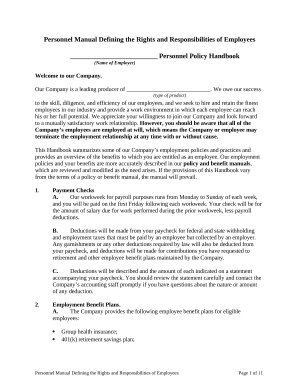
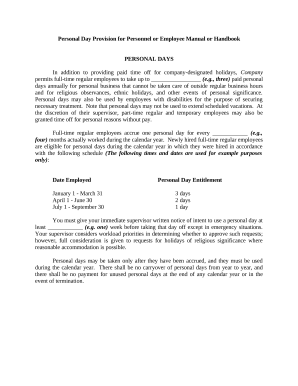
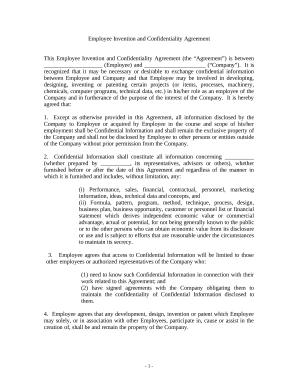
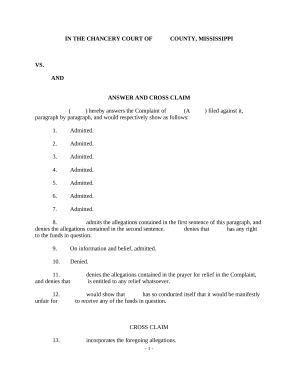
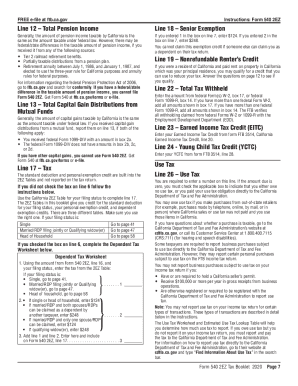
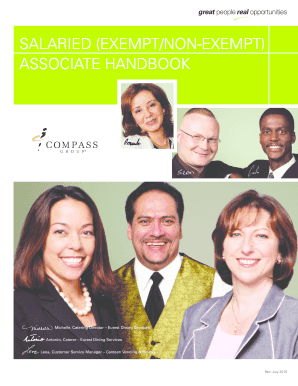

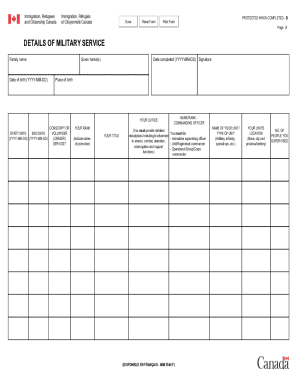
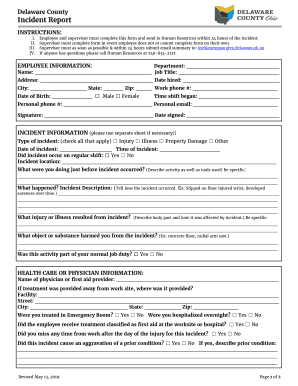
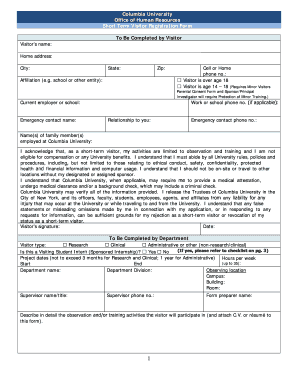
Speed up your file administration using our Sample employee handbook Canada Forms online library with ready-made form templates that meet your needs. Get the form template, modify it, complete it, and share it with your contributors without breaking a sweat. Start working more effectively with your forms.
The best way to use our Sample employee handbook Canada Forms:
Examine all of the opportunities for your online document management with the Sample employee handbook Canada Forms. Get your totally free DocHub profile today!